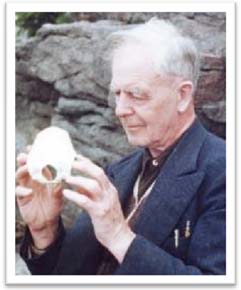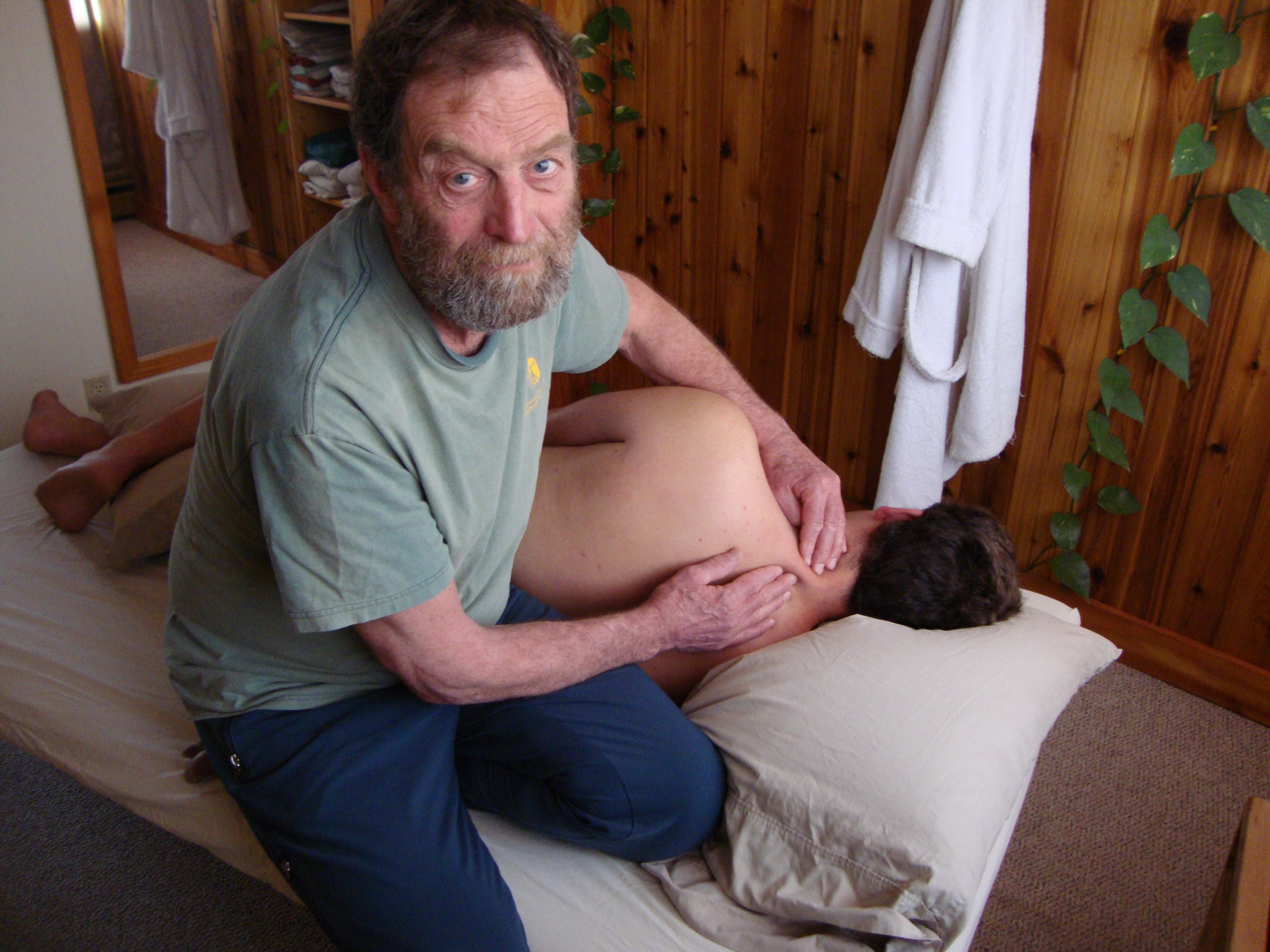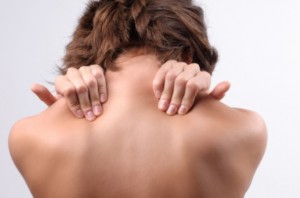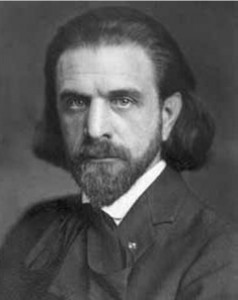by Wayne Still
Among the many benefits of being a practitioner of bodywork are the opportunities to add more skills to our basic skill set and to experience their benefits. The most recent skill I have learned is cranial sacral therapy. Cranial sacral therapy was originally developed by an osteopath named William Sutherland in the first half of the last century. Through his observations and palpations he came to realize that the plates of the skull could and would move at the sutures where they join. From there he learned that all the bones of the skull were movable and responded to the breath. This was in direct contrast to the conventional wisdom of the time which was that the cranial bones became fused and immobile after birth. The work was taken up and popularized by the late Dr John Upledger in the latter part of the century. He noted that there was a force inside the cranium which caused the bones to move in a detectable rhythm. This rhythm he found could be detected and manipulated in all parts of the body if a person had a sufficiently sensitive touch.
The name implies that there is a connection between the cranium and the sacrum and that this connection has a therapeutic potential. The connection is of course the spinal column and spinal cord. The spinal cord has a wrapping called the dura which is continuous with the membranes surrounding the brain. The same rhythm that was detected in the cranium could be followed down the spine and along the nerves branching off the spine. It turned out that there was a pump in the base of the skull which was pumping cerebrospinal fluid (CSF) throughout the cranium and the dura. The reciprocal movement of the CSF was the rhythm being felt. Like the other inherent movements of the body in the viscera this natural movement can be used to effect changes in the body’s structure where there is an imbalance in the natural tensions which the body uses to keep its form and function.
The tensions are found mainly in the fascial system which Dr Ida Rolf called the organ of form. So imbalances affect the ability of the body to function at its optimal level. There are many reasons for the body to be out of balance but the imbalance always manifests itself as a shortening of the fascia or connective tissue in the affected area. The body is compensating for a trauma of some sort and the shortening is a brace or support while the the trauma is being healed. However, and counter intuitively, when the healing is complete the bracing remains, creating an adhesion. This means that the loss of range of motion associated with the shortened tissue may become chronic with associated discomfort. But the body is trying to release the adhesion, and this can be detected as a subtle movement associated with the adhesion. By following the movement a practitioner can help the body to release the adhesion with little pressure or discomfort to the client. This is where a therapy such as cranial sacral comes in.
The skill set I learned in my basic training involved using directed pressure to release adhesions and restore length to connective tissue. This was an effective approach but could at times be quite uncomfortable for the client. Therapies such as cranial sacral use a very light touch to encourage the restoration of the natural rhythms in the body and in so doing eliminate the adhesion which was causing the problem. While the touch is light the effect can be quite profound as I learned at the end of my second cranial sacral workshop in March. I have been trying for many years to restore normal movement to my neck but was always stopped by a blockage deep in the base of my skull. At the end of the workshop the blockage released. A deep release such as that has profound effects throughout the body as previously chronically shortened tissue is allowed to regain length and normal function. Another step along the long path of healing was taken.









